Family Macrosphenidae (Crombecs, African Warblers)
Posted: Sun Mar 16, 2014 9:37 am
The African warblers are a newly erected family, Macrosphenidae, of songbirds. Most of the species were formerly placed in the Old World warbler family Sylviidae, although one species, the Rockrunner, was placed in the babbler family Timaliidae. A series of molecular studies of the Old World warblers and other bird families in the superfamily Sylvioidea (which includes the larks, swallows and tits) found that the African warblers were not part of the family Sylviidae but were instead an early offshoot (basal) to the entire Sylvioidea clade.
The African warblers inhabit a range of habitats in sub-Saharan Africa. These range from primary rainforest to forest edge and open woodland habitats, wooded savanna to arid scrubland and bushland in the crombecs, rocky arid scree areas and grassland for the Rockrunner, and grassland for the Moustached Grass Warbler and Cape Grassbird. The family is overwhelmingly non-migratory.
The African warblers range in size from the smaller crombecs, which measure 8 cm in length, to the Cape Grassbird, which measures 19–23 cm in length and the Moustached Grass Warbler which weighs 29–40 grams. There is considerable difference in appearance between the genera; for example the two grass warblers and Victorin's Warbler possess long graduated tails, whereas the crombecs have tails of which barely extend beyond the tail coverts and folded wings.
The African warblers are insect eaters, and take a range of insect prey. The crombecs feed in the canopy and in bushes, either as singles or pairs and sometimes in small groups, whereas the other species are more terrestrial in their habits. Where two species co-occur, such as the Red-faced Crombec and the Long-billed Crombec over parts of their range, niche partitioning occurs, with one species feeding in the canopy and the other species feeding lower down in the bushes and trees. Some species of crombec have been reported to join mixed-species feeding flocks.
Breeding is seasonal and usually timed to coincide with the end of the dry season and beginning of the rainy season; in species with large ranges this can lead to considerable variation as to the exact timing. The African warblers are territorial and monogamous. Nest design varies within the family; the crombecs construct deep pocket shaped nests suspended from a branch; whereas the Victorin's Warbler, Cape Grassbird and Moustached Grass Warbler construct cup nests weaved from grass.
The African warblers inhabit a range of habitats in sub-Saharan Africa. These range from primary rainforest to forest edge and open woodland habitats, wooded savanna to arid scrubland and bushland in the crombecs, rocky arid scree areas and grassland for the Rockrunner, and grassland for the Moustached Grass Warbler and Cape Grassbird. The family is overwhelmingly non-migratory.
The African warblers range in size from the smaller crombecs, which measure 8 cm in length, to the Cape Grassbird, which measures 19–23 cm in length and the Moustached Grass Warbler which weighs 29–40 grams. There is considerable difference in appearance between the genera; for example the two grass warblers and Victorin's Warbler possess long graduated tails, whereas the crombecs have tails of which barely extend beyond the tail coverts and folded wings.
The African warblers are insect eaters, and take a range of insect prey. The crombecs feed in the canopy and in bushes, either as singles or pairs and sometimes in small groups, whereas the other species are more terrestrial in their habits. Where two species co-occur, such as the Red-faced Crombec and the Long-billed Crombec over parts of their range, niche partitioning occurs, with one species feeding in the canopy and the other species feeding lower down in the bushes and trees. Some species of crombec have been reported to join mixed-species feeding flocks.
Breeding is seasonal and usually timed to coincide with the end of the dry season and beginning of the rainy season; in species with large ranges this can lead to considerable variation as to the exact timing. The African warblers are territorial and monogamous. Nest design varies within the family; the crombecs construct deep pocket shaped nests suspended from a branch; whereas the Victorin's Warbler, Cape Grassbird and Moustached Grass Warbler construct cup nests weaved from grass.
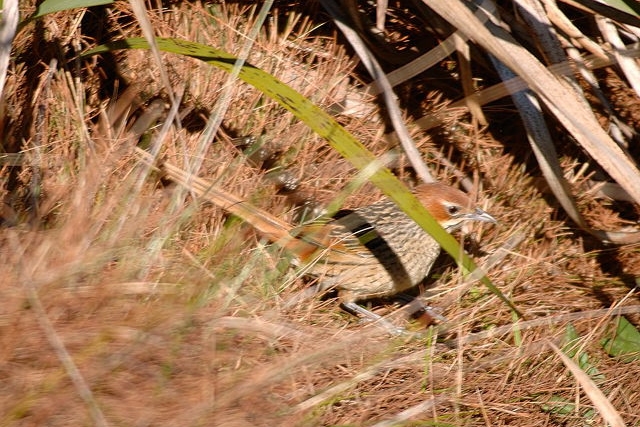
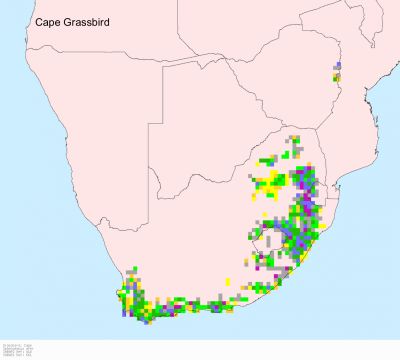
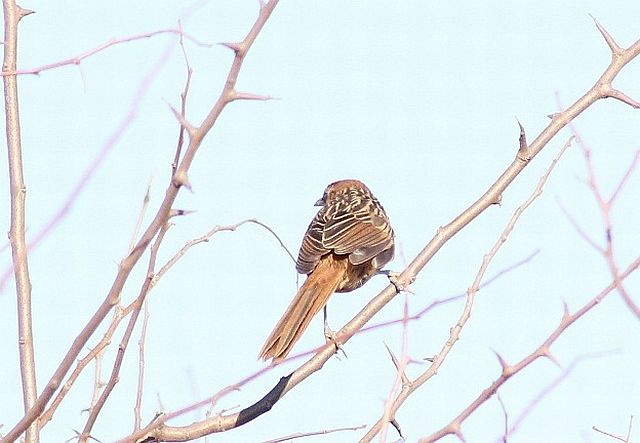 © Amoli
© Amoli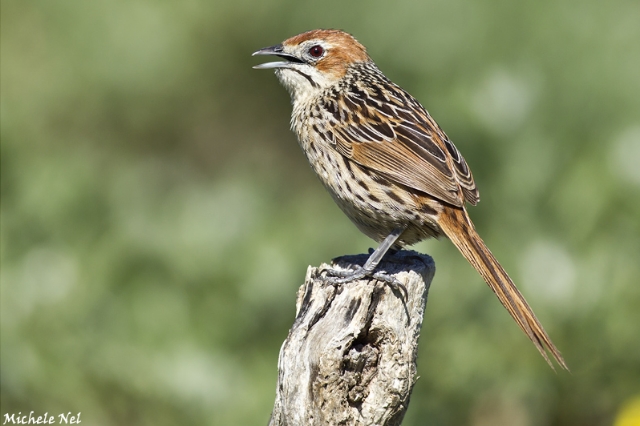 © Michele Nel
© Michele Nel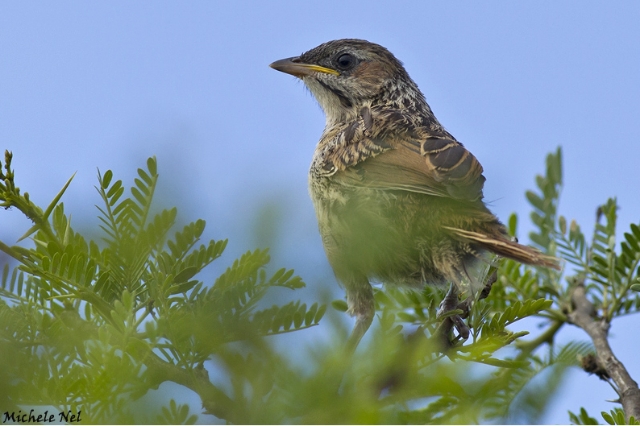 © Michele Nel
© Michele Nel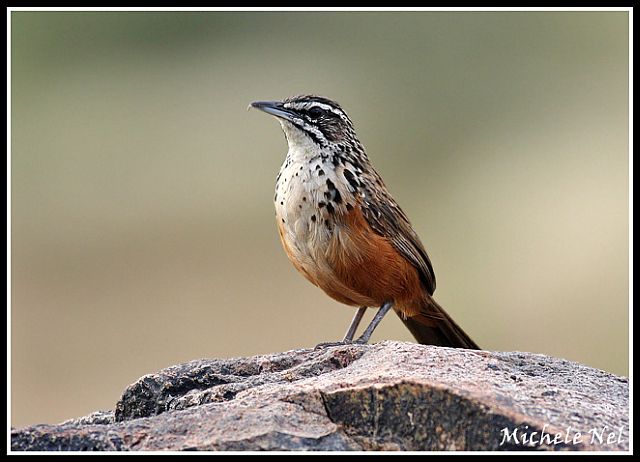 © Michele Nel
© Michele Nel © Mel
© Mel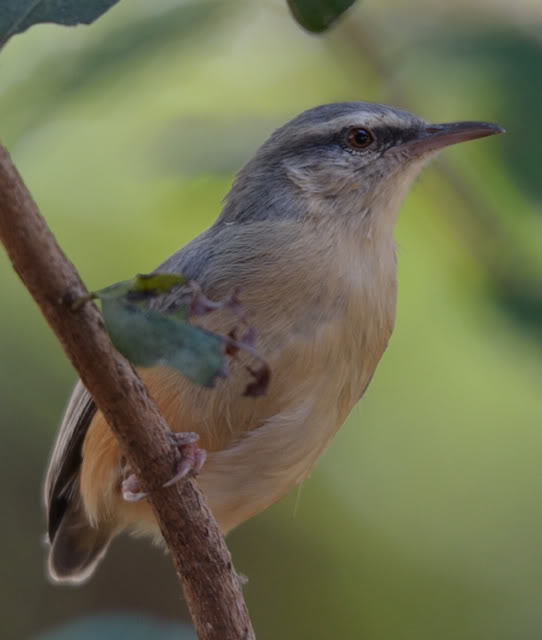 © BluTuna
© BluTuna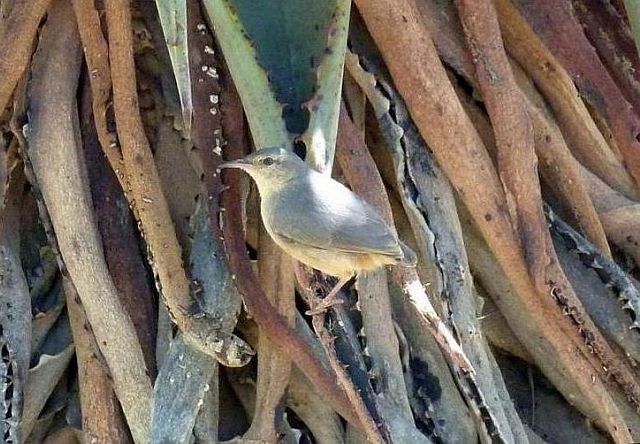 © Toko
© Toko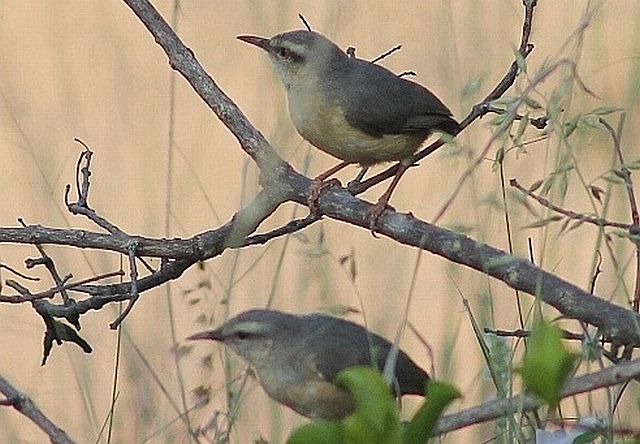 © Amoli
© Amoli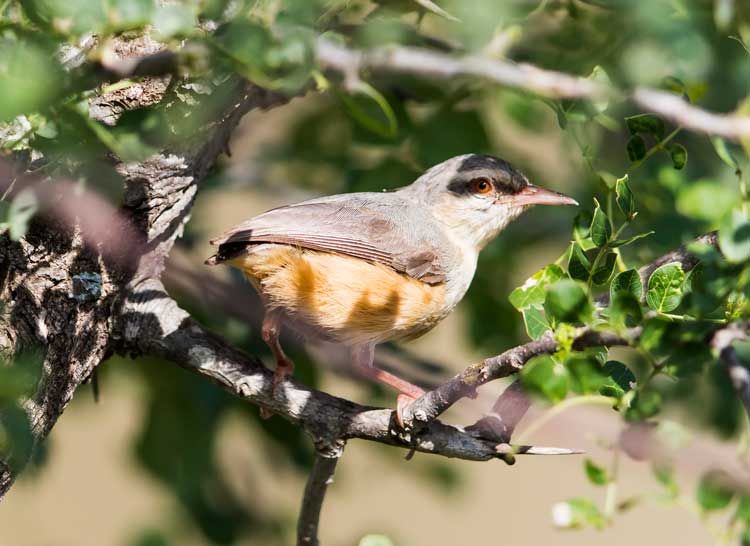 © Pumbaa
© Pumbaa